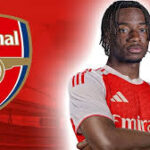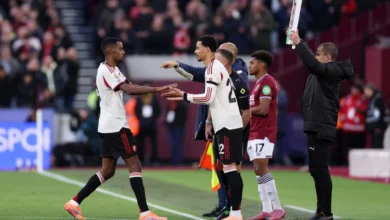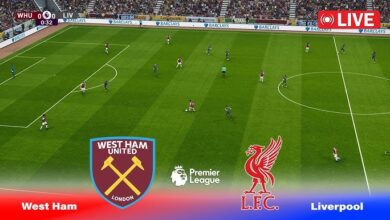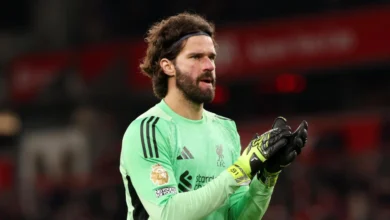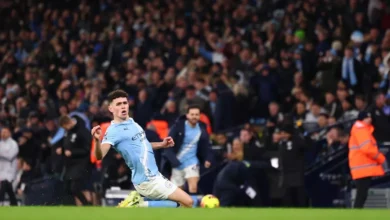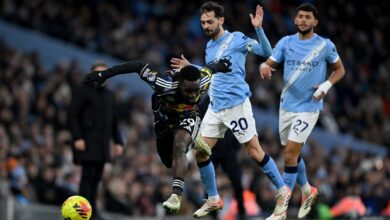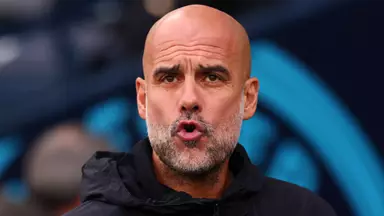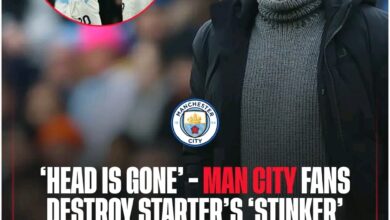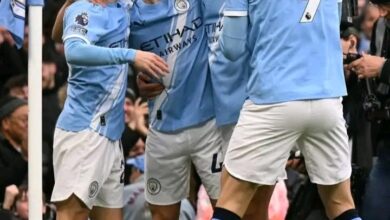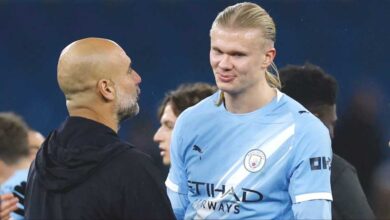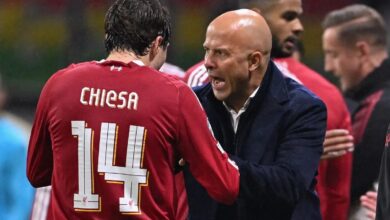Arsenal’s £52m Summer Signing Finally Returns
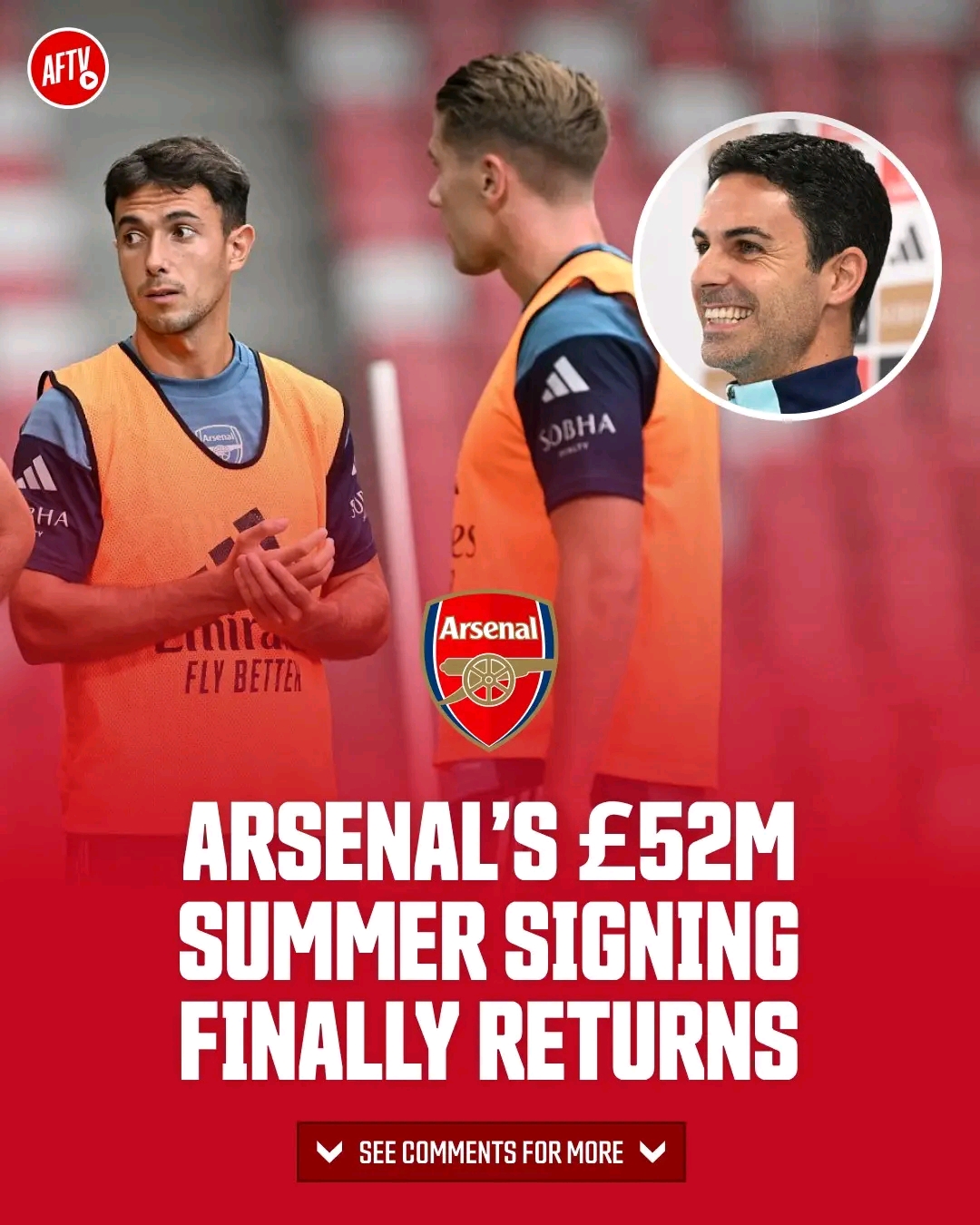
Arsenal’s marquee summer signing Noni Madueke is finally set to link up with his new teammates, marking the beginning of what could be a transformative chapter for both player and club. The 23-year-old English winger, who completed a potentially £52 million move from Chelsea, has been granted extended leave following his participation in the Club World Cup final, but reports suggest he will return to first-team training on Monday, 4th August. With vocal criticism surrounding his signing already creating a backdrop of expectation and skepticism, Madueke’s integration represents one of the most intriguing storylines of Arsenal’s ambitious summer rebuild.
The football world was stunned when Arsenal announced the capture of Noni Madueke from their London rivals Chelsea in what became one of the summer’s most controversial transfers. The deal, structured with an initial £42 million fee rising to £52 million with performance-related add-ons, represented a significant statement of intent from Mikel Arteta and the Arsenal hierarchy. However, the reaction from supporters and pundits alike has been far from universally positive, with many questioning whether the investment represents value for money in an increasingly inflated transfer market.
Madueke’s journey to North London has been anything but conventional. The Barking-born winger, who began his professional career in PSV Eindhoven’s youth system before making his mark in the Eredivisie, returned to English football with Chelsea in January 2023 for a fee of £29 million. His time at Stamford Bridge was characterized by flashes of brilliance interspersed with periods of inconsistency, a pattern that has followed him throughout his young career and contributed to the mixed reception of his Arsenal move
The decision to pursue Madueke represents a calculated risk by Arteta, who has consistently demonstrated his willingness to invest in young, technically gifted players who fit his tactical philosophy. The Spanish manager sees in Madueke a player capable of providing the pace, directness, and creative spark that Arsenal’s wide areas have occasionally lacked. However, critics point to the winger’s inconsistent goal output and questions over his defensive contribution as potential red flags for a player commanding such a significant transfer fee
From a purely technical standpoint, Madueke possesses many of the attributes that make him an attractive proposition for Arsenal’s style of play. Standing at 5’9″ with a deceptively powerful build, the winger combines pace with close control and an ability to beat defenders in one-on-one situations. His left foot is his stronger, though he has demonstrated competence on his right, allowing him the versatility to operate effectively on either flank – a crucial factor in Arteta’s fluid attacking system
Madueke’s dribbling statistics from his time across different leagues paint the picture of a player comfortable in tight spaces and capable of creating opportunities from seemingly unpromising positions. His ability to drift infield and combine with central midfielders aligns perfectly with Arsenal’s preference for inverted wingers who can contribute to the team’s passing patterns while maintaining the threat of width when required. The young Englishman’s crossing ability, while not his strongest attribute, has shown marked improvement over recent seasons. His tendency to cut inside onto his preferred left foot creates opportunities for curled efforts toward the far post, a weapon that could prove particularly effective when combined with the aerial presence of players like Gabriel Jesus or any potential striker signings Arsenal might pursue.
Defensively, Madueke’s contribution has been a source of scrutiny throughout his career. While not naturally inclined toward the intense pressing and tracking back that Arteta demands from his wide players, there are signs of improvement in this area. His time under different tactical systems has gradually enhanced his understanding of defensive positioning, though this remains an area where significant development will be required to meet Arsenal’s exacting standards.
Perhaps the most significant challenge facing Madueke as he prepares to join his new teammates is the need to adapt quickly to Arsenal’s highly structured tactical approach. Arteta’s system demands not just technical excellence but also tactical intelligence and an understanding of when to express individual creativity within the framework of collective responsibility. This represents a departure from some of the more individualistic approaches Madueke may have experienced in previous environments.
The extended break following the Club World Cup final, while providing necessary rest, has also delayed Madueke’s integration into the squad during a crucial period of pre-season preparation. His new teammates have already spent weeks working on tactical patterns, fitness levels, and team chemistry – elements that cannot be replicated in individual training sessions. The challenge now is to accelerate this integration process without disrupting the momentum the squad has already established.
Training ground reports suggest that Arteta has already begun planning specific sessions designed to help Madueke understand his role within the team structure. These sessions will focus not just on technical aspects but also on the mental side of the game – understanding when to take risks, when to maintain possession, and how to contribute to the team’s defensive shape without sacrificing attacking threat.
The presence of experienced wide players like Bukayo Saka provides both opportunity and challenge for Madueke. While he can learn from Saka’s example of how to excel in Arteta’s system, he must also prove that he can offer something different rather than simply replicating what the England international already provides. This differentiation will be crucial in establishing his place in the squad hierarchy.
The criticism surrounding Madueke’s signing has created an interesting dynamic that could either galvanize or undermine his Arsenal career before it has properly begun. Social media reactions ranged from excitement about his potential to skepticism about the fee and concerns over his consistency. This polarization reflects broader debates within the Arsenal fanbase about the club’s transfer strategy and the balance between proven quality and developmental potential.
Some supporters have questioned whether the £52 million investment could have been better allocated elsewhere, particularly given ongoing needs in other positions. The comparison with other wingers available for similar fees has been unfavorable in some quarters, with critics pointing to players who offer more established track records of consistent performance at the highest level.
However, Madueke also has his defenders among the fanbase, particularly those who appreciate his technical ability and believe in Arteta’s capacity to develop raw talent into world-class performers. The success stories of players like Saka, who was once considered a prospect rather than a guaranteed starter, provide hope that Madueke can follow a similar trajectory under expert guidance.
The media attention surrounding the transfer has been intense, with every aspect of Madueke’s preparation and integration being scrutinized. This level of attention can be both motivating and pressurizing for a young player, and how he handles these external expectations could be crucial in determining his success at Arsenal.
One of the most intriguing aspects of Madueke’s arrival is how it might influence Arsenal’s tactical approach. Arteta has shown throughout his tenure that he values tactical flexibility and the ability to adapt his system based on available personnel and opposition requirements. Madueke’s skill set opens up several tactical possibilities that weren’t previously available to the same extent.
His pace and directness could allow Arsenal to adopt a more counter-attacking approach in certain matches, particularly against teams that dominate possession. The ability to transition quickly from defense to attack through Madueke’s runs in behind opposing full-backs could provide a valuable tactical weapon in games where Arsenal are content to absorb pressure and strike on the break.
Alternatively, his technical ability in tight spaces could enhance Arsenal’s capacity to break down deep-lying defensive blocks. His willingness to take on defenders in one-on-one situations could create the kind of unpredictable moments that unlock stubborn defenses, complementing the more patient build-up play that has become a hallmark of Arteta’s approach.
The formation flexibility that Madueke provides is another significant consideration. While Arsenal have primarily operated with a 4-3-3 or 4-2-3-1 formation, his arrival could facilitate experiments with different shapes, potentially including systems that utilize wing-backs or formations that allow for multiple attacking midfielders to operate in advanced positions.
At 23, Madueke is at a crucial stage of his career where the next few seasons will likely determine whether he fulfills his undoubted potential or remains a player of unfulfilled promise. His move to Arsenal represents perhaps his best opportunity to date to work under a coach renowned for developing young talent and implementing systems that can maximize individual strengths while minimizing weaknesses.
The development pathway that Arsenal can offer extends beyond just tactical improvement. The club’s emphasis on sports science, nutrition, and mental preparation could help Madueke achieve the consistency that has sometimes eluded him in previous environments. The professional culture that Arteta has cultivated, with its emphasis on attention to detail and continuous improvement, could provide the framework within which Madueke can reach his ceiling as a player.
From Arsenal’s perspective, the signing represents an investment in the club’s future rather than just immediate success. While there are hopes that Madueke can contribute meaningfully in his first season, the real expectation is that he will develop into a key player over the next few years, potentially becoming one of the Premier League’s most dangerous wide players by his mid-twenties.
This long-term vision aligns with Arsenal’s broader transfer strategy, which has focused on acquiring players who can grow with the team rather than established stars who might provide immediate impact but limited scope for improvement. The success of this approach with other signings provides confidence that Madueke can follow a similar path of development.
Madueke’s arrival inevitably changes the dynamics within Arsenal’s squad, particularly among the wide players and attacking options. The competition for places in wide areas has intensified significantly, with Saka’s position as the established right-winger now complemented by genuine alternatives who can push him for selection or allow for tactical rotation.
This increased competition culd benefit all parties involved. Saka, despite his young age, has sometimes carried too much of the creative burden for Arsenal’s attacking play. Having quality alternatives allows for better squad management, reduces the risk of burnout, and could ultimately enhance the performances of all wide players through healthy competition for starting positions.
The impact on other squad members, particularly those hoping to establish themselves in wide positions, cannot be ignored. Players who may have expected more opportunities might now face increased competition, potentially leading to loan moves or permanent transfers as the squad composition evolves.
However, Arteta’s track record suggests he values squad depth and is capable of managing large groups of talented players effectively. His ability to maintain squad harmony while making difficult selection decisions will be tested as he integrates Madueke into an already competitive group.
As Madueke prepares to begin first-team training, several immediate challenges await him. The physical demands of Arteta’s high-intensity system require excellent conditioning, and his extended break means he may need time to reach peak fitness levels. The coaching staff will need to balance his integration with the need to maintain the team’s preparation for the upcoming season.
The tactical complexity of Arsenal’s system presents another immediate hurdle. Understanding positioning, movement patterns, and decision-making processes within Arteta’s framework requires time and repetition. The compressed pre-season schedule means there may be limited opportunities for extensive tactical work before competitive fixtures begin.
Building relationships with new teammates, understanding their preferences and tendencies, and developing the kind of intuitive understanding that creates effective partnerships on the pitch represents another crucial aspect of his integration. This process cannot be rushed but is essential for maximizing his impact within the team structure.
Madueke’s signing must be viewed within the broader context of Arsenal’s evolution under Arteta. The club has transformed from a team struggling to compete for European qualification to genuine title contenders, and this transformation has been built on shrewd recruitment, tactical development, and cultural change.
The investment in Madueke represents confidence in this ongoing project and belief that the club can continue to attract and develop talent that aligns with their vision. It also reflects the financial health and ambition of the club, demonstrating a willingness to invest significantly in players who fit the profile they believe can contribute to sustained success.
The transfer market context is also relevant, with the increasing inflation in player values making it difficult to acquire established talent without paying premium prices. In this environment, Arsenal’s strategy of investing in players with high potential who can be developed further represents a logical approach to squad building.
As Noni Madueke prepares to begin his Arsenal career, he stands at a defining moment that could shape both his future and that of his new club. The combination of natural talent, tactical guidance, and professional environment provides all the ingredients necessary for success, but ultimately, the outcome will depend on his ability to adapt, learn, and consistently deliver performances that justify the faith placed in him.
The skepticism surrounding his signing provides additional motivation to prove doubters wrong, while the support from those who believe in his potential offers encouragement during what will inevitably be a challenging period of adaptation. His integration into the Arsenal squad represents more than just adding another player; it symbolizes the club’s continued evolution and ambition to compete at the highest level.
The next few months will be crucial in determining whether this transfer becomes remembered as a shrewd piece of business that helped Arsenal reach new heights or a cautionary tale about the risks of investing heavily in potential rather than proven performance. For Madueke, the opportunity to write his own story at one of England’s most prestigious clubs begins now, with the world watching to see whether he can justify the faith placed in him and establish himself as a key figure in Arsenal’s continued rise.


